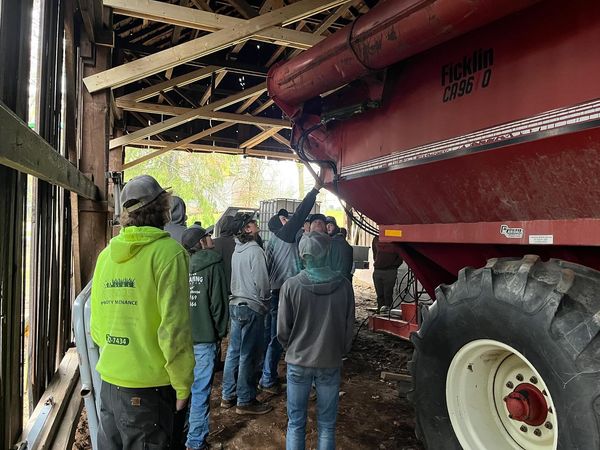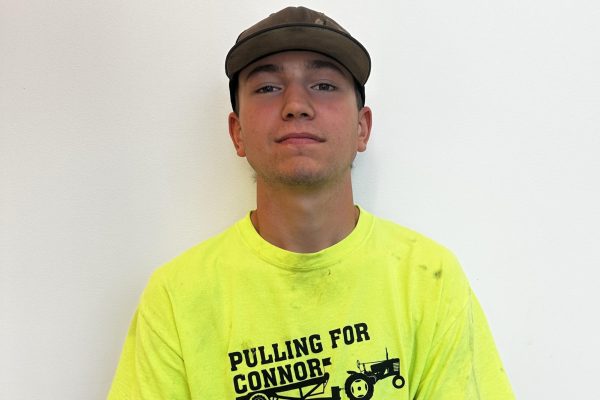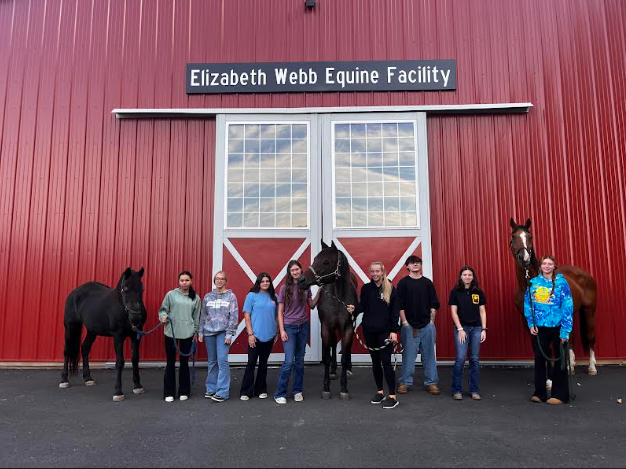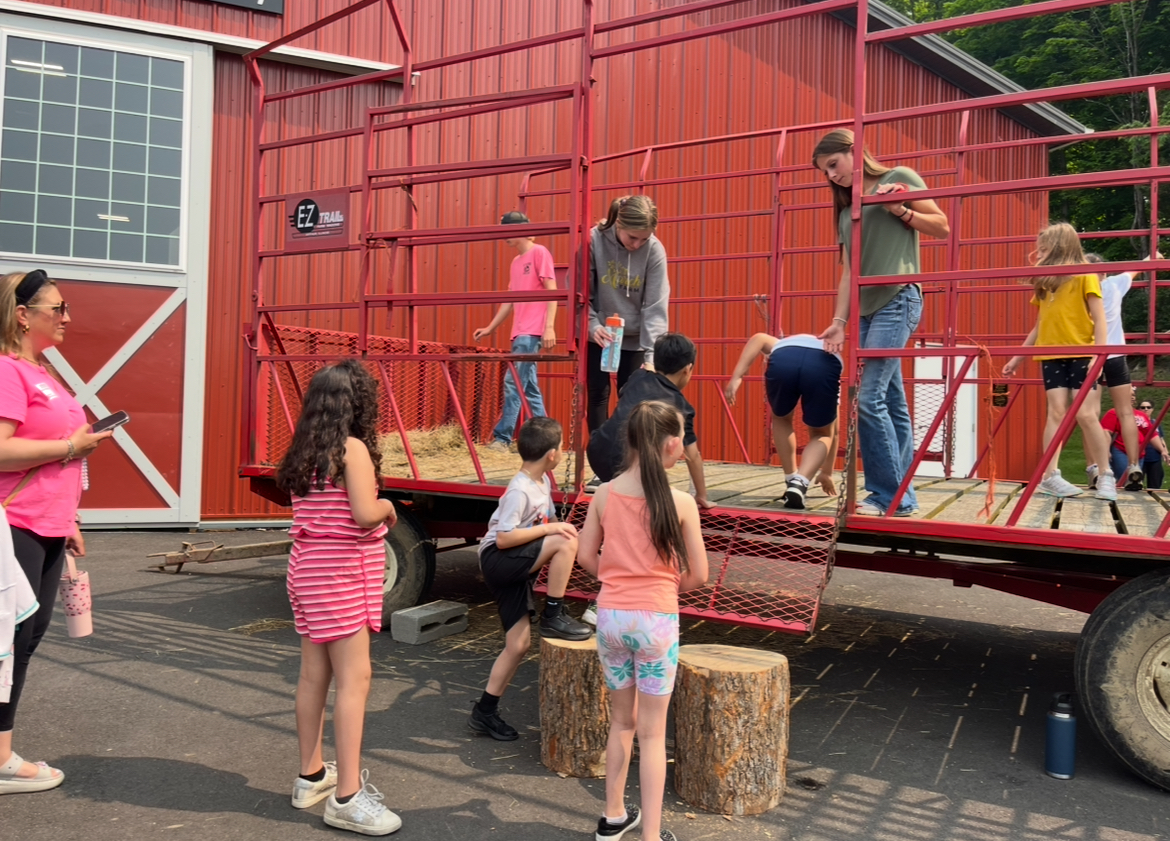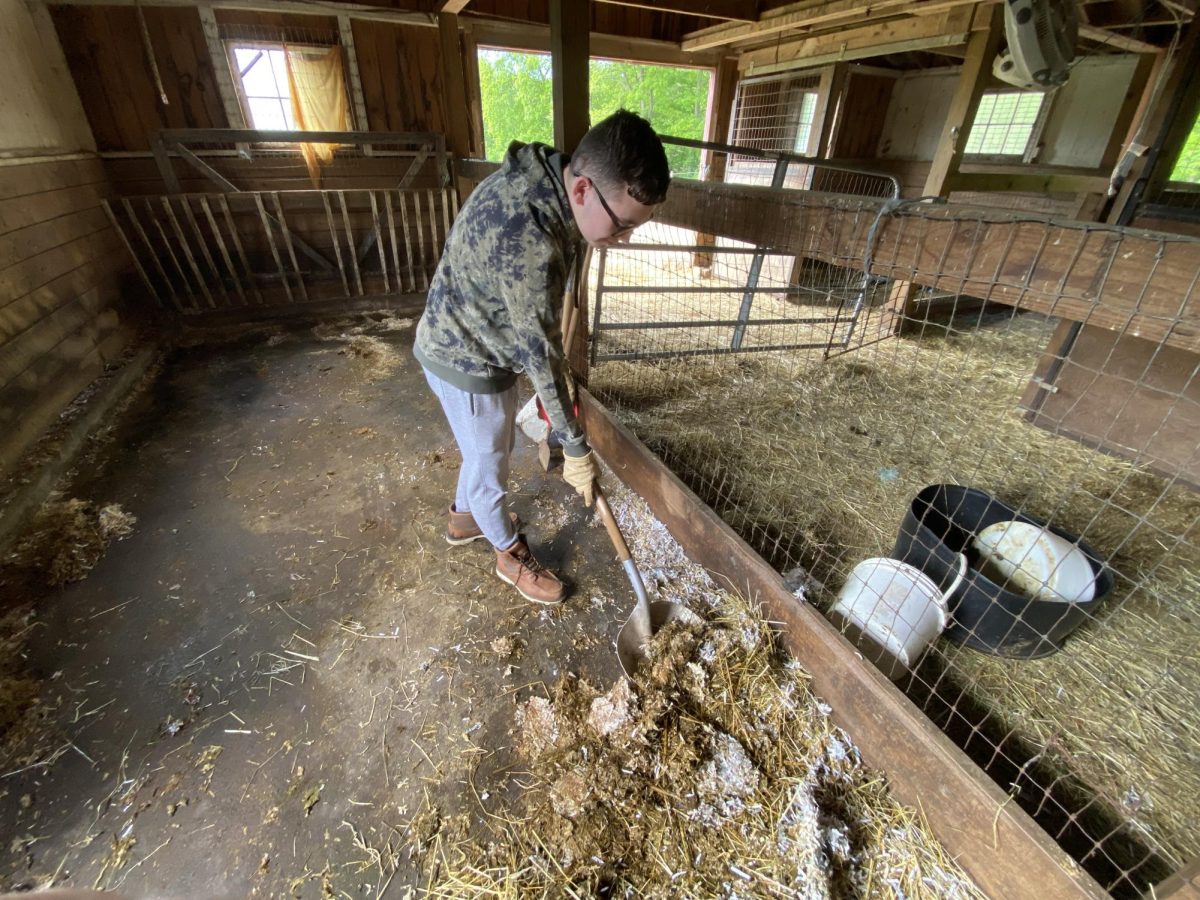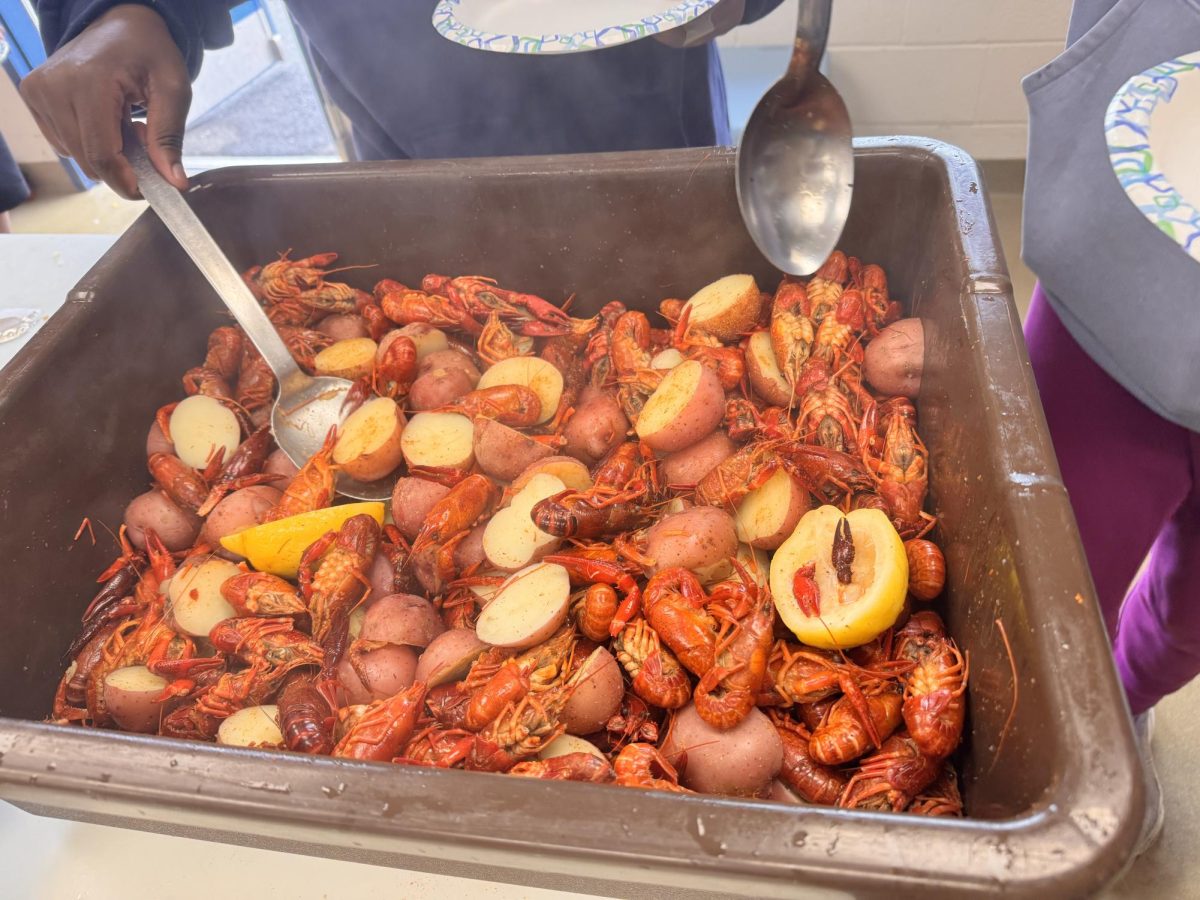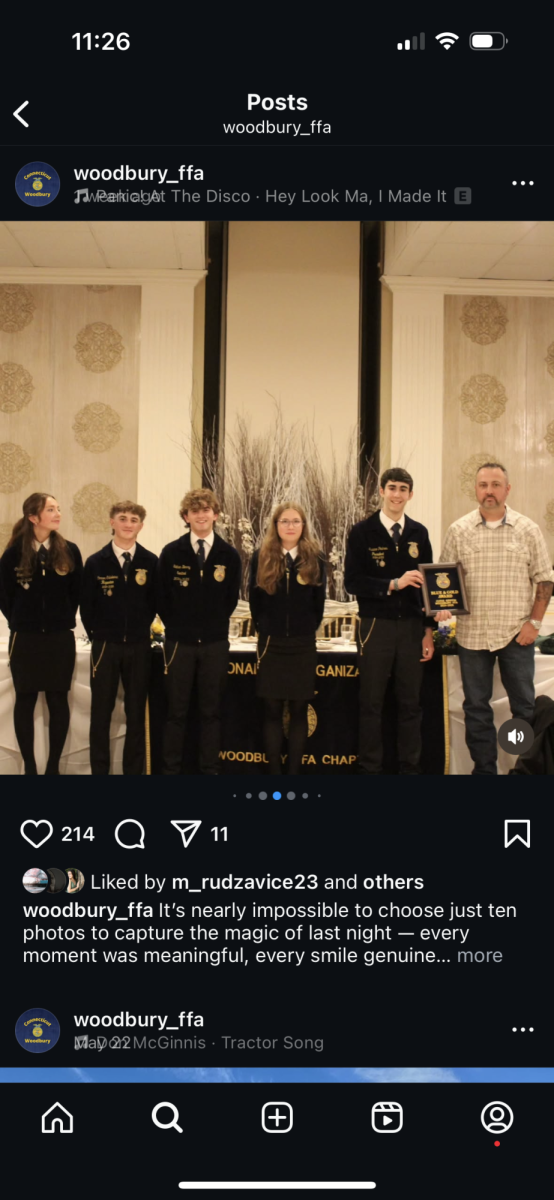WOODBURY — Connecticut has a deep historical connection with growing tobacco. The Connecticut River valley is revered for its high-quality tobacco.
Although currently around Connecticut visitors don’t see many tobacco farms, from the 1600s through 1900s tobacco was one of Connecticut’s main exports. According to the Connecticut Valley Tobacco Historical Society, at its peak, Connecticut harvested up to 20,000 acres of tobacco in the 1920s.
There’s a local connection between Nonnewaug and this once-thriving industry, too.
“My wife’s family has owned and operated Christian Tobacco Farm in West Suffield, Connecticut,” said Nonnewaug mechanics teacher Andrew Zielinski. “During the summer when I have time off from teaching, you can usually find me working at the tobacco farm.”
On April 11, Nonnewaug’s junior/senior mechanics class took a field trip to Christian Tobacco Farm. The main purpose of the field trip was to observe different types of agricultural-related structures.
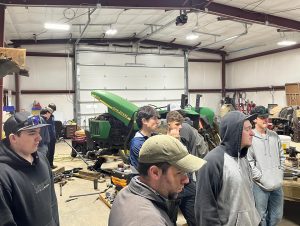
The first structure the students looked at was the tobacco farm’s greenhouses, which held over 700,000 tobacco plants that were freshly planted. The students learned how greenhouses work, what goes into making a greenhouse, and just how important they are to the farm.
“The greenhouses play a vital role in how the tobacco starts its life off at the farm,” said Zielinski. “The greenhouses allow the tobacco plant to begin growing and become stable before it is planted out in the fields.”
Another structure the students checked out was the farm’s workshop, which was a steel-framed shop. The students learned just how easy it is to build a steel shop as well as how expensive it is to build. On average, a steel building can cost between $25 to over $200 per square foot.
The last structure students looked at where arguably the most important: the tobacco sheds. The students learned about the history of them and how they haven’t been changed in hundreds of years, as well as the materials used to construct them and the specific features that make it dry the tobacco leaves efficiently.
Other than learning about the agricultural-related structures, the students also learned about what goes into running the farm and how they operate.
“I enjoyed learning about different areas of the agricultural industry,” said Nonnewaug landscaping instructor Tom DiMarco. “I liked seeing how people that live in the industry work and their reasoning behind doing the things they do.”
Students also enjoyed visiting the tobacco farm, seeing the experience as both an authentic view of Connecticut’s agricultural economy and a view into how our state cultivates the crop.
“I liked being able to see how a real farm works,” said Nonnewaug senior Mac Starziski. “It was neat to see how they use the different types of structures.”



